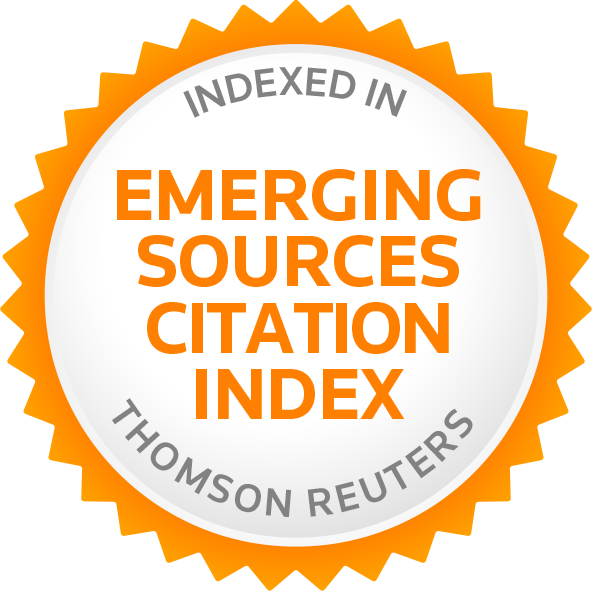Access to public higher education in Ecuador changes in public policy in the period 1969-2010
DOI:
https://doi.org/10.59471/debate202139Keywords:
university, access, meritocracyAbstract
The present work indicates some historical antecedents of the conditions of admission to the universities of Ecuador, during the period 1969 -2010, from the period called “free entry” until the creation of the National System of Leveling and Admission (SNNA), through which establishes the conditions for accessing public higher education.
At the end of the sixties, free admission to the university was established as a policy against social inequality with the aim of helping the less favored social classes. At the end of the eighties, the State budget was restricted for higher education, this motivated the establishment of entrance exams in public universities, creating an unprecedented gap. Since the nineties, entrance exami- nations have been applied as a formula to combat the gap between the number of students who wanted to access higher education, the limited number of places available in universities and the inconsistent budget allocated, without this helping to overcome not even close to the problem.
In May 2000. The Organic Law of Higher Education (LOES) is approved, which establishes that higher education centers in no case will deprive applicants exclusively because they have low levels of economic income. It also provides that the institutions themselves will establish educational credit programs, scholarships, and financial aid.
In 2010, given the inconveniences generated by previous policies, and with the idea that one way to democratize admission to universities was to reward merit, SNNA was created and it was established that admission to public higher education institutions would be regulated by this system, through the completion of the National Exam for Higher Education (ENES) aimed at assessing the aptitudes of applicants and the implementation of leveling and admission cour- ses that allow those who do not pass the ENES to prepare in a preparatory course taught by the universities and polytechnic schools so that they can pass the exam in a subsequent call.
Despite the different efforts, if equal opportunities are tied to the delivery of a standardized entrance test, it ends up restricting the right of people to access the higher education system, since the pro- blem is not only access but also permanence and egress avoiding the “revolving door” phenomenon.
Metrics
References
Delors Jacques, Comisión Internacional sobre la Educación para el siglo. La Educacion en- cierra un tesoso, informe a la UNESCO de la comision Internacional sobre la Educación para el Siglo XXI. París : UNESCO, 1996.
Bourdieu Pierre, Passeron Jean Claude. La reproducción, elementos para una teoría del sis- tema de enseñanza. Barcelona : Laia, 1995. pág. 180.
Constitución Política de la República del Ecuador. Código Civil de Jurisprudencia. Quito : Corporación de Estudios y Publicaciones, 1999. Registro Oficial No 1.11.
Ley Orgánica de Educación Superior del Ecuador. 12 de Octubre de 2010. Vol. Suplemento del registro oficial No 298.
Reglamento Codificado de régimen académico del Sistema Nacional de Educación Superior. Quito, Ecuador : RCP.S 23. No. 414.08, 22 de Enero de 2009.
Yánez, Kintia Moreno. Meritocracia en las pliticas de acceso a educacion superior desde el lobre ingreso hasta el sistema nacional de nivelacion y adminsiones. Estudios latinoamerica- nos, Universidad Andina Simón Bolivar. 2015.
González Suárez, Federico. Historia general de la República del Ecuador, Tomo III. Quito : s.n., 1970.
Gustavo, Iturralde. 40 años después de la masacre de 1969: Tenemos que luchar por la de- mocraztización de la universidad, Juventud Comunista del Ecuador. Quito : Editorial Nacional, 1988.
Alfredo, Perez Guerrero. La Universidad Ultrajada. Quito : Editorial Universitaria, 1962.
Agustín, Aguirre Manuel. La segunda reforma Universitaria. Quito : Editorial Universitaria, 1973.
Ley de Universidades y Escuelas Politécnicas. LUEP. Quito : s.n., 14 de mayo de 1982. Vol. Registro Oficial No 243.
Francisco, Pareja. La Educación Superior en el Ecuador. Caracas : CRESALC- UNESCO, 1986.
Herrera Gaudencia Zurita. Educación Superior en Iberoamérica, capitulo Ecuador. Quito : Iberoaméricana, 2006.
Reglamento de Carrera y Escalafón del Profesor de Educacion Superior. Quito : CONESUP, 2012.
Ramirez, René. Introducción en tranformar la universidad para transformar la sociedad.
SENPLADES. 2010, 7-25.
Exámenes de ingreso evaluarán la aptitud cognitiva. Agencia de Noticias Andes. Quito : Los Andes, 23 de febrero 2012.
Reglamento del SNNA. Secretaria Nacional de Educación Superior Ciencia y Tencología e Innovación. Quito : s.n., 12 de noviembre del 2012.
Yachay y el examen ENNES, símbolos de cambio. El telégrafo. 30 de marzo 2014.
Catálogo de oferta académica. SNNA. Quito : Senecyt, 2015. Vol. S egundo semestre.
Tünnermann, C. (2008). Noventa años de la Reforma Universitaria de Córdoba. Buenos Aires: Consejo Latinoamericano de Ciencias Sociales.
Ramírez, René. UNIVERSIDAD URGENTE para una sociedad emancipada. Quito : s.n., 2016. p. 508. Vol. 1er.
Published
How to Cite
Issue
Section
License

This work is licensed under a Creative Commons Attribution 4.0 International License.
The article is distributed under the Creative Commons Attribution 4.0 License. Unless otherwise stated, associated published material is distributed under the same licence.












